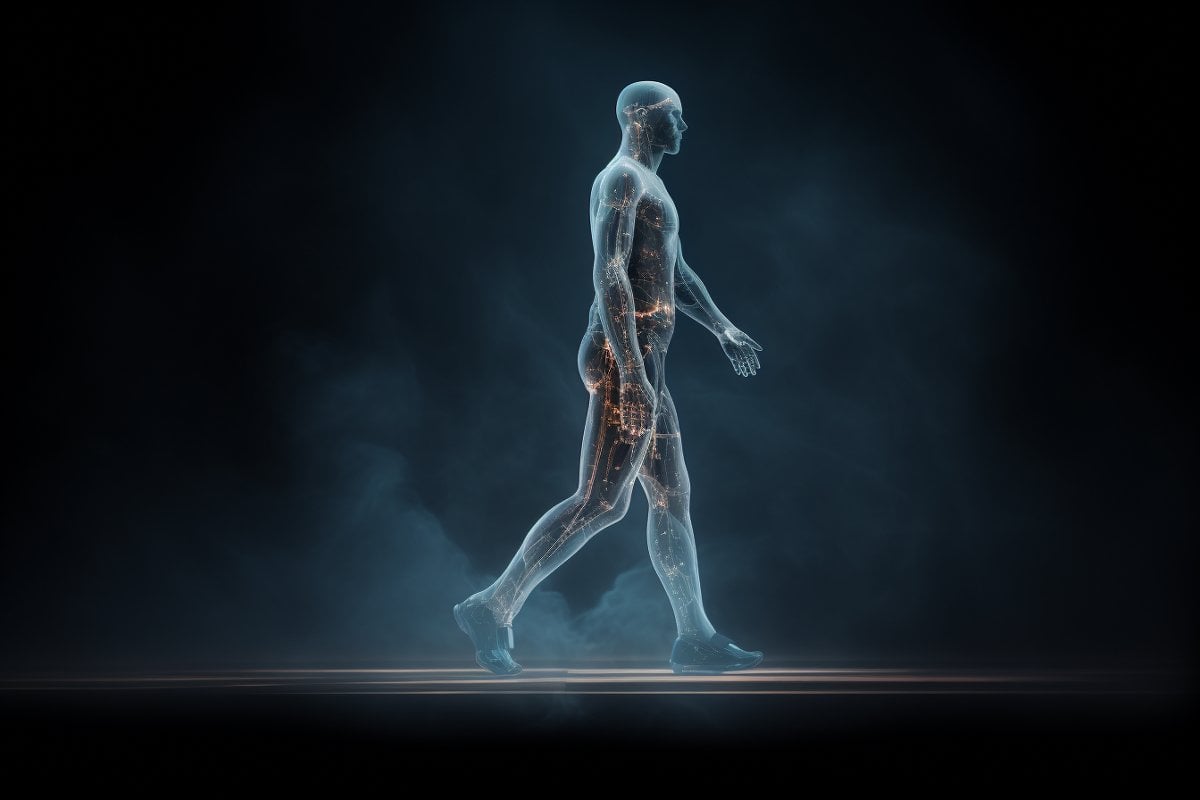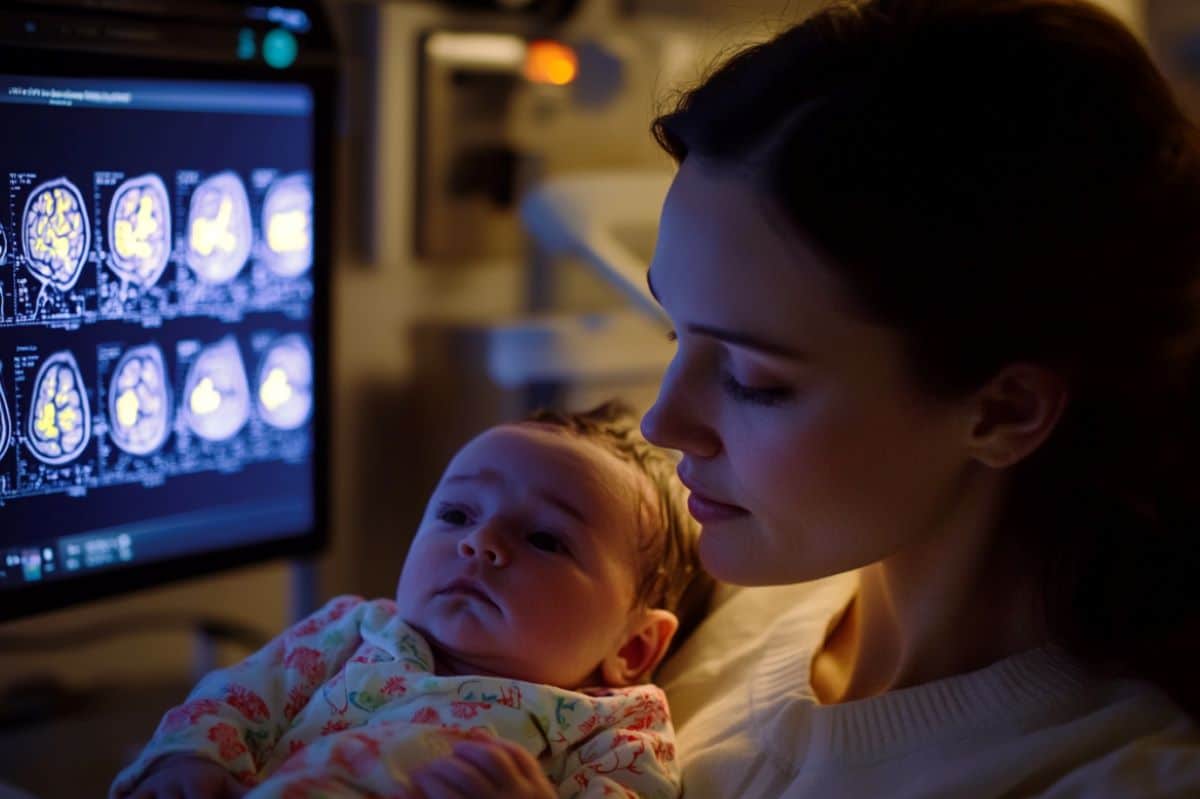Summary: Researchers have made a breakthrough in understanding how stick insects control their leg muscles during walking, challenging previous assumptions about motor neuron activation. Their study reveals that neurons activating the depressor muscle in a stick insect’s leg receive a unique rhythmic excitation, unlike other leg muscles. This discovery highlights the role of central pattern generators (CPGs) in producing rhythmic movements and suggests that their influence on motor neurons is specific to each neuron pool. This research not only advances our understanding of animal locomotion but also underscores the complexity of neural networks in coordinating walking movements.
Key Facts:
The study found that the depressor muscle’s motor neurons in stick insects are excited rhythmically, contrasting with the activation pattern of other leg muscles.
Central pattern generators (CPGs) are shown to provide specific activation to different motor neuron pools, debunking the theory of uniform influence.
This research enhances our knowledge of the neural basis of locomotion, indicating precise control mechanisms for initiating and stabilizing walking phases.
Source: University of Cologne
In a new study, scientists from the University of Cologne gained new insights into the mechanism of the rhythmic activation of nerve cells (neurons) in stick insects that control the leg muscles during walking. The researchers showed that the neurons that activate the depressor muscle in the leg are rhythmically excited, unlike those of the other leg muscles. So far, it has been assumed that all of these so-called motor neurons are activated in the same way by central neural networks.  They found that all motor neuron groups of the leg muscles, except one, receive identical drive from the networks: rhythmic inhibitory signals from the CPGs. Credit: Neuroscience News
They found that all motor neuron groups of the leg muscles, except one, receive identical drive from the networks: rhythmic inhibitory signals from the CPGs. Credit: Neuroscience News
The study was published under the title ‘The synaptic drive of central pattern-generating networks to leg motor neurons of a walking insect is motor neuron pool specific’ in the journal Current Biology.
The UoC research team investigates the neural foundations of motion generation in animals, in particular those underlying locomotor activities such as walking. For this purpose, the team led by Professor Dr Ansgar Büschges analyses insects, among other arguments, as the requirements for the nervous system regarding the generation and control of walking movements are very similar across animal kingdom.
In many animals, for example, there are networks in the central nervous system that form the basis for the generation of rhythmic activity patterns for many forms of movements, whether for rhythmic locomotor activity such as running, swimming, crawling and flying or for vegetative functions such as breathing.
These highly specialized networks are referred to as central pattern generators (CPGs). They generate the rhythmic motor activity of the muscles for movement in interaction with information from sensory organs, neurons called proprioceptors; proprioceptors report movements and inform the central nervous system. In the case of walking, they are located on and in the insect’s legs.
The networks do this by activating the so-called motor neurons that innervate the muscles. So far, it was assumed that such CPGs have the same influence on all motor neurons they target.
In their new study, Angelina Ruthe, Dr Charalampos Mantziaris and Professor Büschges disproved this assumption about the locomotor activity of insects.
In their experiments, the scientists pharmacologically activated the CPGs in the central nervous system of the stick insect Carausius morosus and investigated their influence on the motor neurons that innervate its leg muscles.
They found that all motor neuron groups of the leg muscles, except one, receive identical drive from the networks: rhythmic inhibitory signals from the CPGs. Only the motor neurons, which innervate the depressor muscle of the leg, are controlled by phasic excitatory drive. Interestingly, the leg depressor muscle is precisely the muscle of the insect which is responsible for generating leg stance during any walking situation – regardless of whether the animal runs up or down horizontally, on the ceiling or on a branch.
“The rhythmic excitation and thus the specific activation of this motor neuron pool by the CPGs could serve to ensure the exact timing of the contraction of the depressor muscle and thus the start of the stance phase and its stabilization,” explained Professor Büschges.
Funding: The study was funded by the German Research Foundation (DFG).
About this neuroscience research news
Author: Eva Schissler
Source: University of Cologne
Contact: Eva Schissler – University of Cologne
Image: The image is credited to Neuroscience NewsOriginal Research: Open access.
“The synaptic drive of central pattern-generating networks to leg motor neurons of a walking insect is motor neuron pool specific” by Ansgar Büschges et al. Current BiologyAbstract
The synaptic drive of central pattern-generating networks to leg motor neurons of a walking insect is motor neuron pool specificHighlightsSynaptic drive of CPG networks to leg motor neurons is pool specificProtractor, retractor, and levator motor neurons receive a phasic inhibitory driveExclusively, depressor motor neurons receive phasic excitatory driveSummary
Rhythmic locomotor activity, such as flying, swimming, or walking, results from an interplay between higher-order centers in the central nervous system, which initiate, maintain, and modify task-specific motor activity, downstream central pattern-generating neural circuits (CPGs) that can generate a default rhythmic motor output, and, finally, feedback from sense organs that modify basic motor activity toward functionality.
In this context, CPGs provide phasic synaptic drive to motor neurons (MNs) and thereby support the generation of rhythmic activity for locomotion.
We analyzed the synaptic drive that the leg MNs supplying the three main leg joints receive from CPGs in pharmacologically activated and deafferented preparations of the stick insect (Carausius morosus). We show that premotor CPGs pattern the tonic activity of five of the six leg MN pools by phasic inhibitory synaptic drive.
These are the antagonistic MN pools supplying the thoraco-coxal joint and the femur-tibial joint and the levator MN pool supplying the coxa-trochanteral (CTr) joint. In contrast, rhythmic activity of the depressor MN pool supplying the CTr joint was found to be primarily based on a phasic excitatory drive.
This difference is likely related to the pivotal role of the depressor muscle in generating leg stance during any walking situation. Thus, our results provide evidence for qualitatively differing mechanisms to generate rhythmic activity between MN pools in the same locomotor system.











